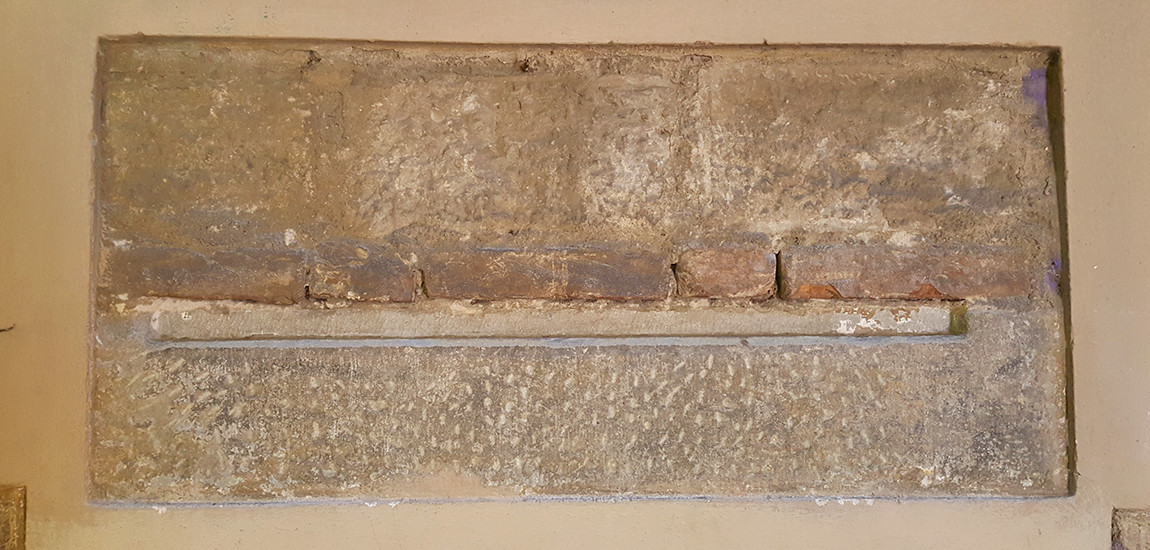
Florentine curiosities: traces of ancient units of measurement
The meter is an object that we all have at home, to which we do not give much importance; often forgotten at the bottom of a drawer under the batteries and the rolls of adhesive tape. We certainly cannot consider it a luxury item.
But what if we told you that to take the precise measurements of a fabric you had to leave the house and go to Via de’ Cerchi or Piazza del Duomo? You would then do anything to have your own meter handy! It might seem like a somewhat far-fetched example, but it is not too far from the reality of the past.
Before the decimal metric system was introduced, all cities in Italy, including Florence, had their own measurement system. This created many problems as the unit of measurement changed from region to region and even from city to city. That is why at some point, in the 19th century, it was decided to standardize the metric decimal system.
Before that moment, however, taking measurements was a quite complicated affair.
In Florence, the official unit of measurement was the braccio fiorentino, Florentine arm (58.36 cm), so called because it measured like the arm of an adult person.
The Florentine merchants were wily men and often had the apprentices measure the fabrics, being them 12-14 years old and with naturally shorter arms. Here was a big problem for the buyers: how could you make sure the fabric that you had been sold measured the correct length? Well, you had to go to Via de’ Cerchi, near Piazza della Signoria, and take the measurement directly from a metal rod built into the wall at arm height, which reported the official measurement of a Florentine arm.
At that time being ripped-off was so frequent, that it was precisely from this habit of the merchants that came the saying "to have short arms."
Another place where the "right” measurements could be taken was in Piazza San Giovanni, where the measure of the Florentine arm was carved on a column of the Baptistery.
Here you could also find the unit of measurement that was previously in use, since the early Middle Ages: piede di Liutprando, Liutprando's foot.
Liutprando was a Lombard king who apparently was very tall and with such large feet that they ended up being adopted as a unit of measurement.
When the Florentine arm became the new official unit of measurement, a rectangle with its measure was carved next to that of Liutprando's foot, on the columns of the south entrance of the Baptistery.
These ancient measuring "tools" can still be found in the same places today, but people pass by them each day, without even knowing what they really are, mistaking them perhaps for the trace left by a plaque or an architectural element detached from the structure.
But by now you should know, that in Florence even anonymous grooves in the wall could prove to be evidence of historical relevance!



